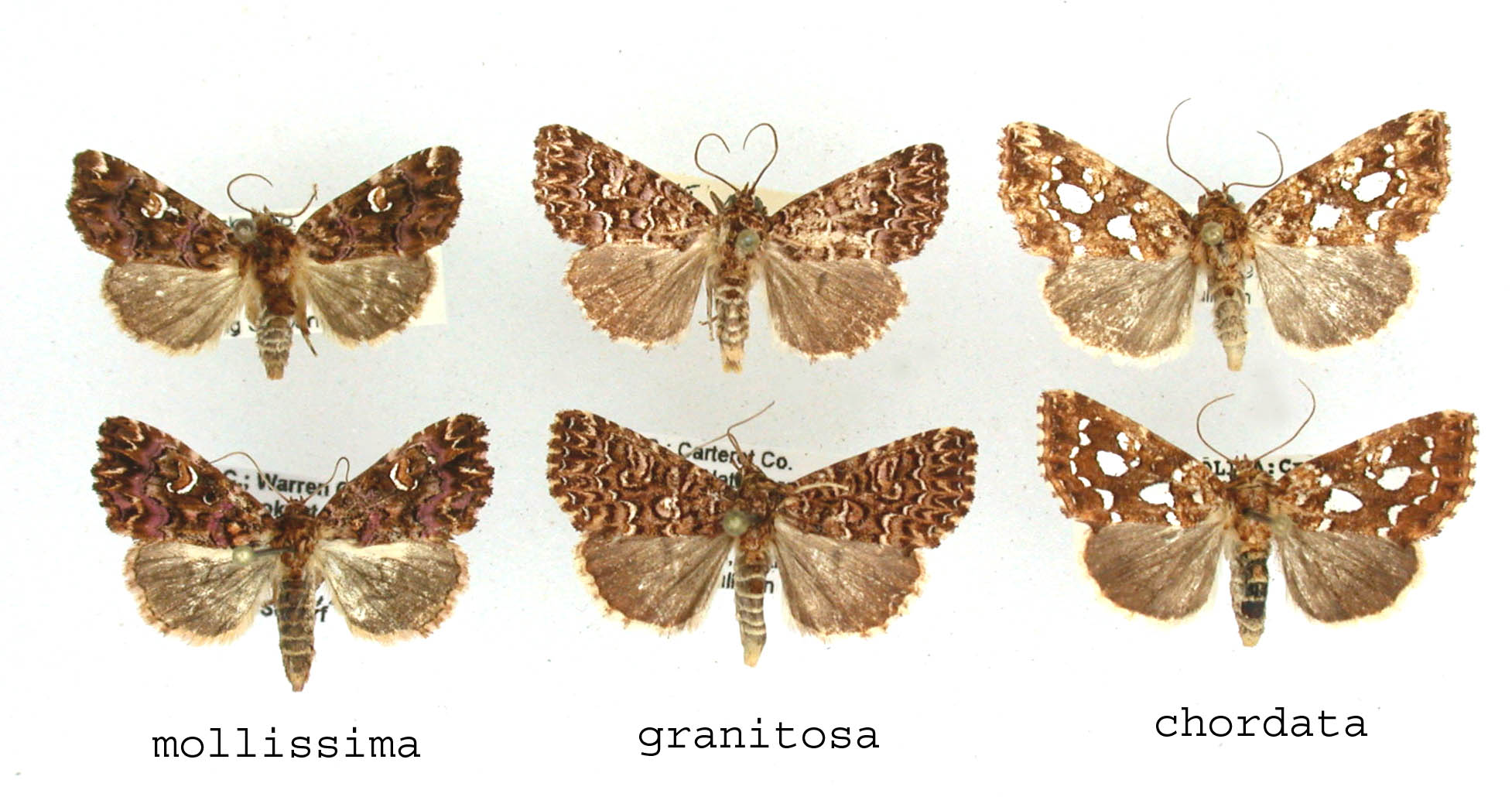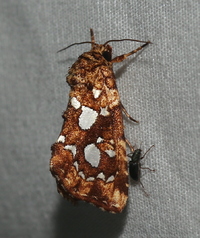
| Recorded by: David George, Jim Petranka on 2025-06-29
Richmond Co.
Comment: | 
| Recorded by: Jeff Niznik, David George, Larry Chen, Sarah Toner, Joye Zhou on 2025-06-20
Richmond Co.
Comment: |
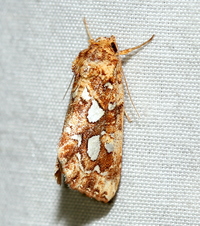
| Recorded by: Jeff Niznik, David George on 2025-05-09
Cumberland Co.
Comment: | 
| Recorded by: David George, Jeff Niznik, Brian Bockhahn, Jim Petranka, John Petranka, Becky Elkin on 2025-05-09
Cumberland Co.
Comment: |
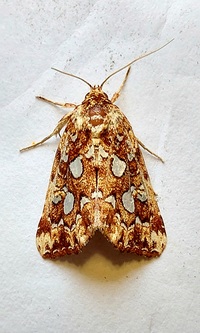
| Recorded by: Mark Basinger and Miles Buddy on 2025-04-26
Brunswick Co.
Comment: | 
| Recorded by: Mark Basinger on 2025-04-25
Columbus Co.
Comment: |

| Recorded by: Mark Basinger on 2025-04-25
Columbus Co.
Comment: | 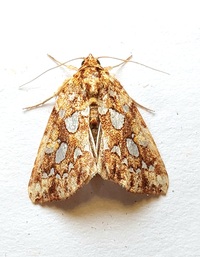
| Recorded by: Mark Basinger on 2025-04-25
Columbus Co.
Comment: |

| Recorded by: Mark Basinger on 2025-04-19
Brunswick Co.
Comment: | 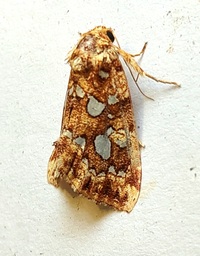
| Recorded by: Mark Basinger on 2025-04-19
Brunswick Co.
Comment: |

| Recorded by: Mark Basinger on 2025-04-19
Brunswick Co.
Comment: | 
| Recorded by: Mark Basinger on 2025-04-19
Brunswick Co.
Comment: |
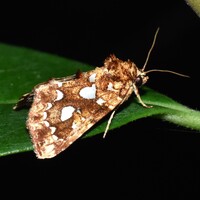
| Recorded by: Jeff Niznik on 2024-06-15
Scotland Co.
Comment: | 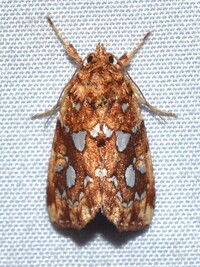
| Recorded by: Jeff Niznik on 2024-06-14
Scotland Co.
Comment: |

| Recorded by: David George, Jeff Niznik, Rich Teper on 2024-04-16
New Hanover Co.
Comment: | 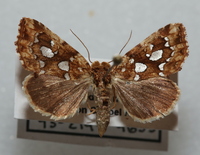
| Recorded by: R. Teper, David George on 2023-09-25
Caswell Co.
Comment: |

| Recorded by: Jim Petranka and Bo Sullivan on 2023-05-17
Richmond Co.
Comment: | 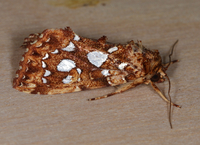
| Recorded by: Jim Petranka and Bo Sullivan on 2023-05-17
Richmond Co.
Comment: |
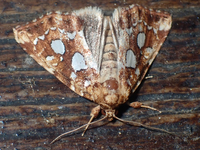
| Recorded by: tom ward on 2021-07-28
Buncombe Co.
Comment: | 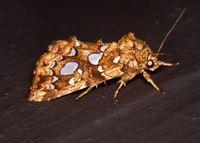
| Recorded by: Jim Petranka and Becky Elkin on 2021-07-22
Graham Co.
Comment: |
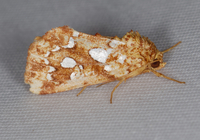
| Recorded by: Jim Petranka, Bo Sullivan and Steve Hall on 2021-05-10
Moore Co.
Comment: | 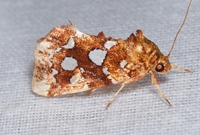
| Recorded by: Jim Petranka and Becky Elkin on 2020-08-07
Madison Co.
Comment: |
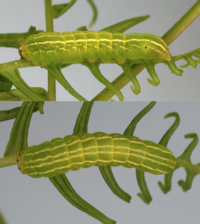
| Recorded by: J.B. Sullivan on 2020-06-18
Craven Co.
Comment: Larva on Bracken | 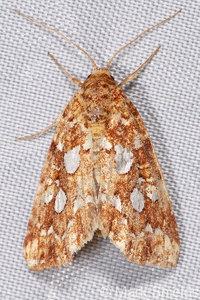
| Recorded by: Mark Shields on 2020-05-03
Onslow Co.
Comment: |
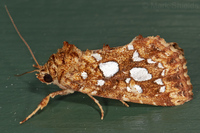
| Recorded by: Mark Shields on 2020-04-13
Onslow Co.
Comment: | 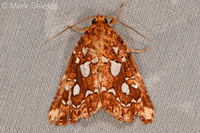
| Recorded by: Mark Shields on 2019-07-24
Onslow Co.
Comment: |
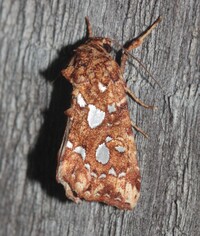
| Recorded by: Julie Tuttle on 2018-05-19
Chatham Co.
Comment: | 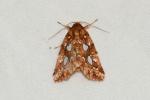
| Recorded by: J. A. Anderson on 2017-05-17
Surry Co.
Comment: |
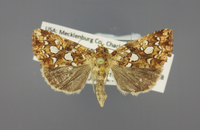
| Recorded by: Robert Gilson on 2016-04-27
Mecklenburg Co.
Comment: | 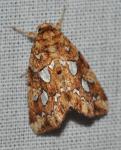
| Recorded by: K. Bischof on 2014-06-29
McDowell Co.
Comment: |
|

 »
»